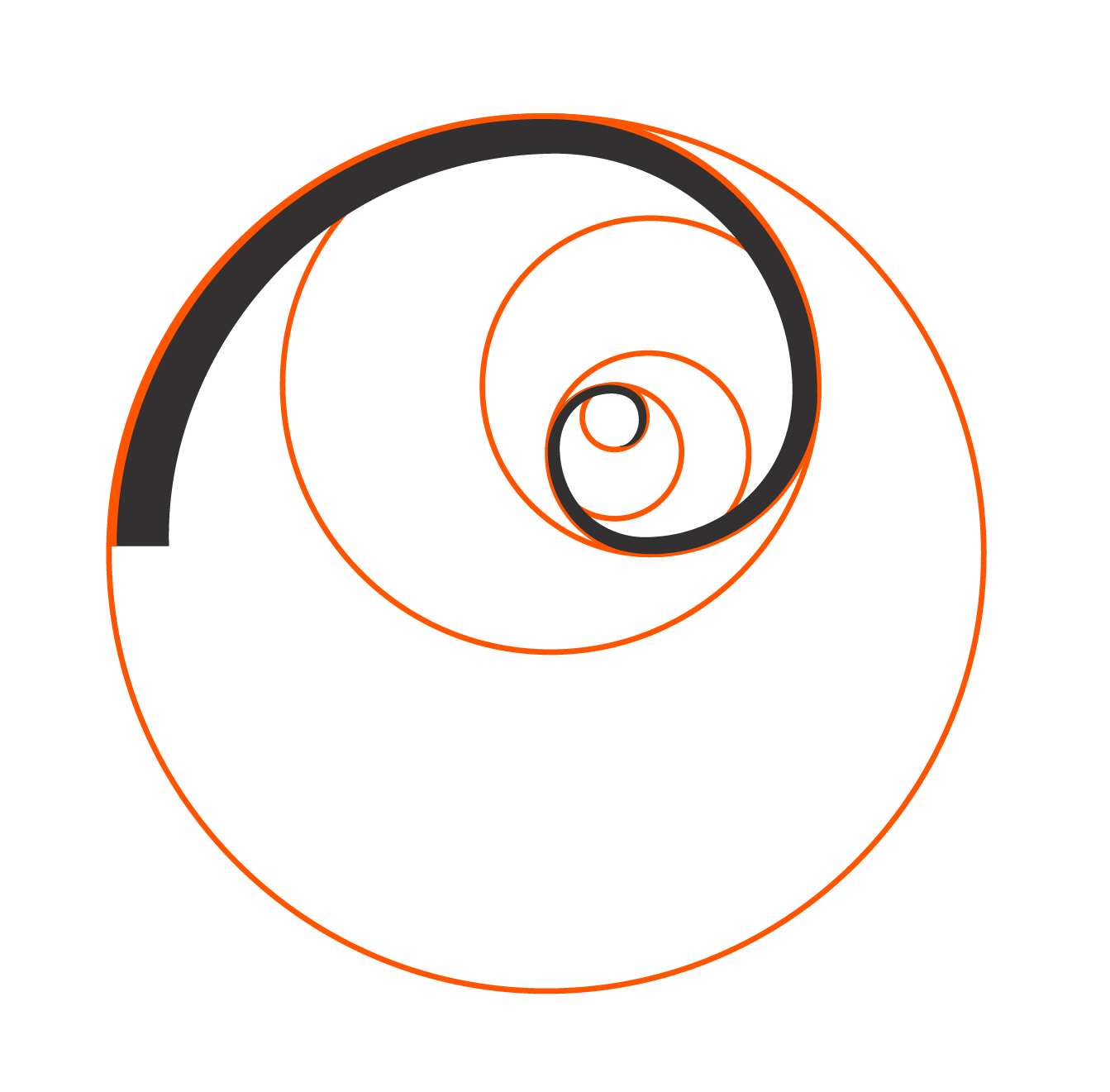Process
From goals and ambitions to services that truly support people

Our design process includes the perspectives of clients and care and cure professionals to improve services that truly support daily care, while respecting the complexity of the care and cure environment.
Our Approach

Making service improvement manageable and meaningful
In cure and healthcare organizations where digital projects are still developing, it’s easy to lose momentum. Different teams may be working toward the same goals, but without a shared process or clear coordination, good ideas can stall or never get off the ground. Value Driven Design helps create a shared structure that supports collaboration, even when digital maturity is still growing.
Our model offers guidance from early ideas through to implementation. It helps you work through different levels (like organizational goals, internal coordination, digital tools, and direct care interactions) without needing everything in place from the start. Whether you're beginning to map a client journey, update a paper-based workflow, or introduce a new digital step, the process remains clear and flexible.
For care and cure providers with limited digital capacity, this means:
- fewer surprises
- better collaboration
- service improvements that are actually doable.
It supports teams in taking practical steps forward without overcomplicating the process or relying on heavy infrastructure.
You're so great at connecting the business strategy to that one button on that one screen. ”

Key principles
Value for all stakeholders
Care and cure services involve many people—clients or patients, care staff, planning teams, administration, and external partners. Value Driven Design begins by identifying what matters to each of them. These values help everyone work toward the same goals, and offer a clear reference point for measuring impact as the project progresses.

Projects move through multiple levels
Even simple improvements often touch on multiple layers like policy intent, internal workflows, software tools, and personal interactions. Value Driven Design helps teams navigate these levels, step by step, so that what’s decided at the top also makes sense in daily work. It brings structure without requiring a high level of digital maturity.

Design is an iterative process
In care and cure environments, not everything can be figured out in advance. That’s why design works in cycles: Understand, Concept, Create, Observe, Implement, and Reflect. Each step helps teams:
- learn
- adjust
- reduce risks
so new ideas can be tested safely and improved along the way.

Design happens at every level
Design isn’t only about digital tools. It also helps shape policy decisions, map services, improve conversations between departments, and make workflows clearer. In early-stage organizations, design becomes a practical method to align teams, solve problems together, and deliver improvements that work in real life.

Scalable by design
Value Driven Design doesn’t depend on fixed methods or expensive toolkits. It’s built around goals, not techniques. That means you can choose what fits your context. Whether that’s:
- a whiteboard workshop
- interviews with care staff
- a basic prototype.
The process adapts to your capacity, not the other way around.
